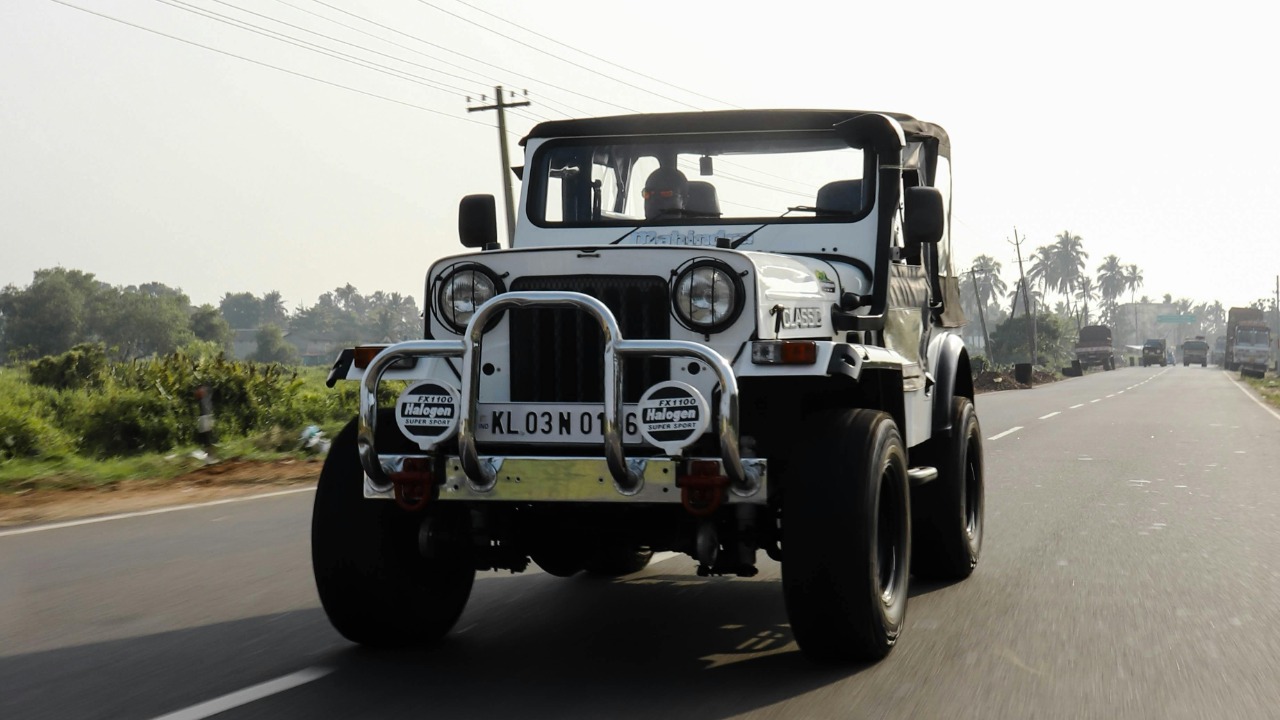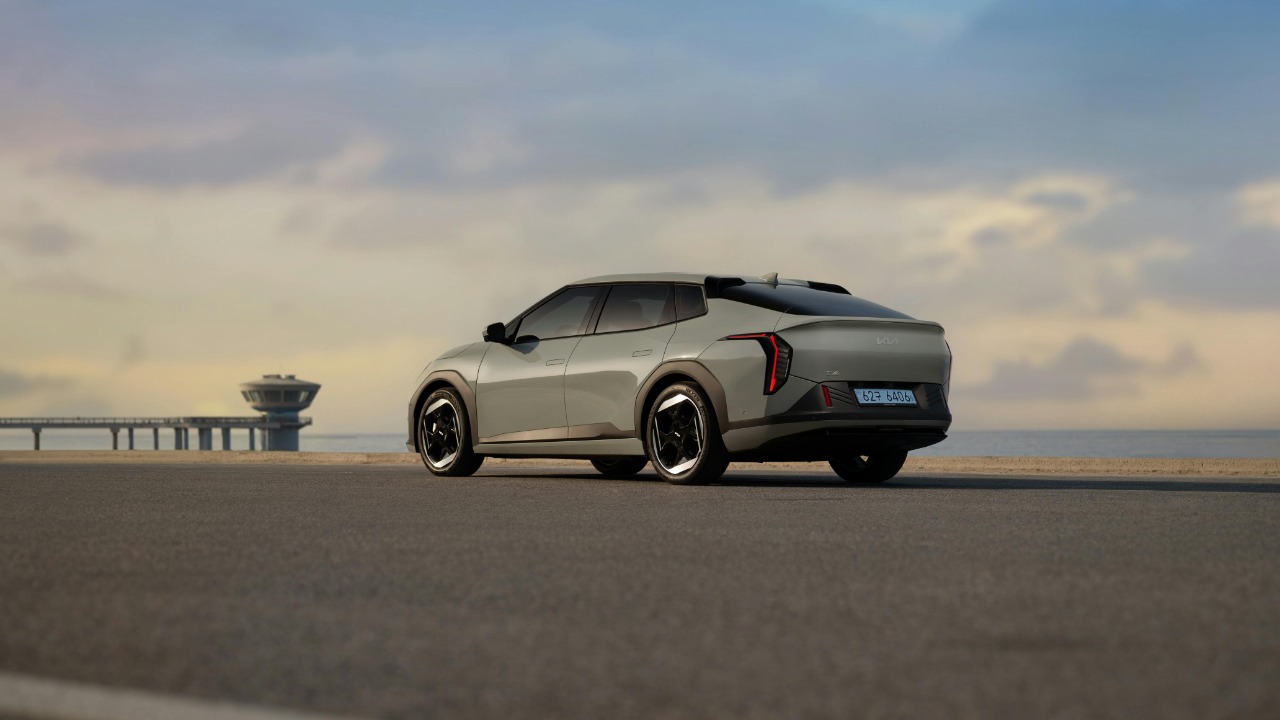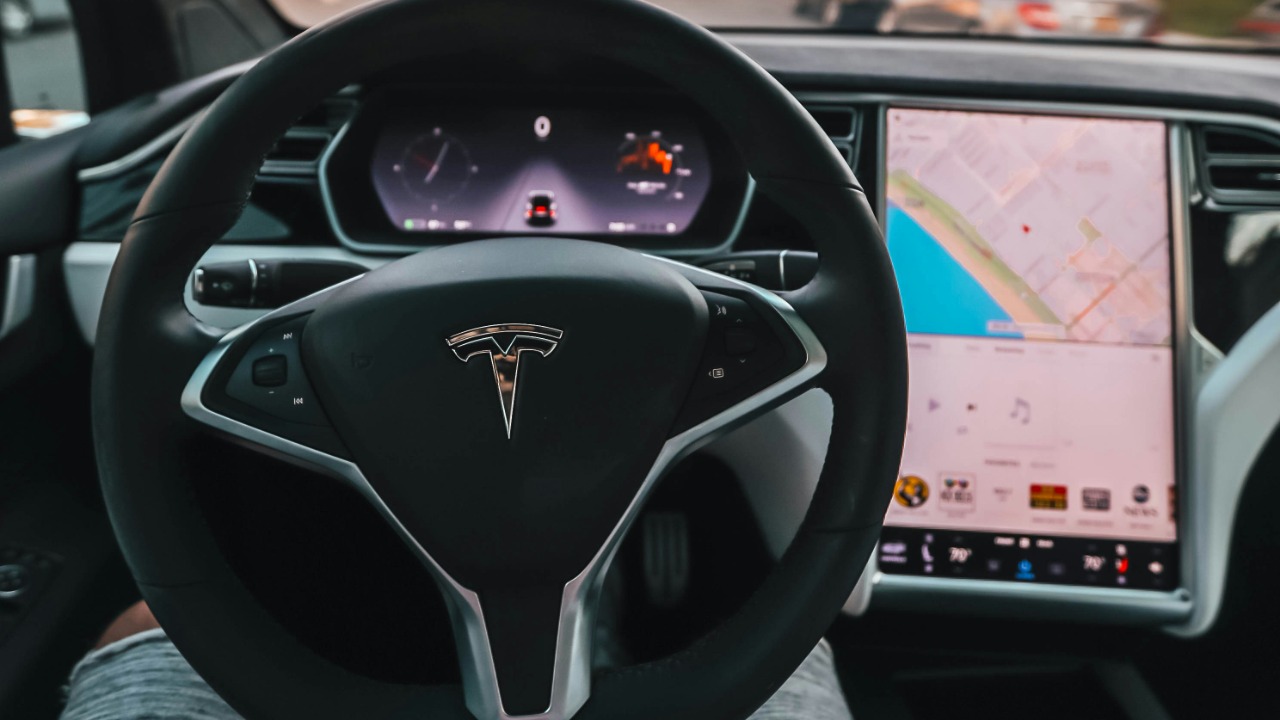
Coasting in neutral while driving downhill might seem like a clever way to save fuel, but it’s a practice that carries significant risks. It can lead to dangerous driving situations, potential legal issues, and even increased vehicle wear and tear. Understanding why this is a myth can help ensure safer driving practices.
Fuel Efficiency Myths Debunked

Many drivers believe that coasting in neutral will save them fuel. However, modern cars are equipped with advanced fuel injection systems that automatically optimize fuel consumption during downhill driving. When a car is in gear, these systems can actually cut off fuel to the engine, allowing the car to use less gas than it would if coasting in neutral. This misunderstanding often stems from outdated practices and a lack of awareness about how current automotive technology works.
Another aspect to consider is the role of engine braking. When a car is in gear, the engine helps to slow the vehicle down, which is a key component of maintaining control and efficiency. This process not only contributes to fuel efficiency but also ensures that the vehicle remains steady and manageable. Contrary to popular belief, hypermiling techniques suggest that keeping the car in gear and using engine braking is more efficient than coasting in neutral.
Safety Concerns

One of the most critical issues with coasting in neutral is the loss of vehicle control. When the car is not in gear, drivers lose the ability to use engine braking, which can significantly affect braking and steering capabilities. In emergencies, having the car in gear allows for better responsiveness, enabling quicker reactions to sudden obstacles or changes in road conditions. This is crucial for maintaining control, especially on steep or winding roads.
Moreover, coasting increases stopping distances. Without the natural deceleration provided by engine braking, a vehicle can take longer to come to a complete stop. This is especially dangerous in situations where quick stopping is necessary to avoid collisions. By keeping the car in gear, drivers can rely on both the brakes and the engine to safely and effectively reduce speed.
Legal Implications

In many places, coasting in neutral is more than just a bad habit; it’s illegal. Various jurisdictions have laws that prohibit this practice due to the associated safety risks. These laws are put in place to ensure drivers maintain full control over their vehicles at all times, which is compromised when coasting in neutral.
Drivers caught coasting in neutral can face potential fines and penalties. According to driving safety studies, these fines can vary based on location but are generally enforced to deter the practice due to its potential danger. Understanding and complying with traffic laws can help avoid these penalties and promote safer driving habits.
Vehicle Wear and Tear

Coasting in neutral can also lead to increased vehicle wear and tear. When a car is in neutral, the transmission system may experience unnecessary wear. This is because the transmission is not engaged, and the lack of engine braking can lead to additional strain on other components. Over time, this could result in costly repairs or even transmission failure.
Additionally, the brake system can suffer from increased strain when engine braking is not utilized. Relying solely on the brakes to slow down the vehicle can lead to faster wear, reducing their effectiveness and potentially leading to brake failure. Maintaining engine braking can reduce this strain, prolonging the lifespan of brake components and ensuring optimal performance.
Alternatives to Coasting

There are safer and more effective ways to improve fuel efficiency without the need for coasting in neutral. Safe driving techniques, such as maintaining a steady speed, ensuring proper tire inflation, and conducting regular vehicle maintenance, can significantly enhance fuel efficiency. Additionally, these practices contribute to overall vehicle longevity and safety.
Modern vehicles come equipped with technology that can assist in maintaining fuel efficiency. Features like cruise control and eco-driving modes are designed to optimize fuel consumption while keeping the vehicle safe and manageable. By utilizing these technologies, drivers can achieve better fuel economy without compromising on safety or vehicle control.